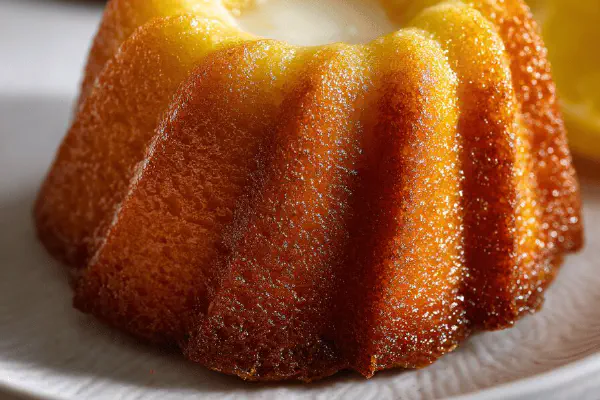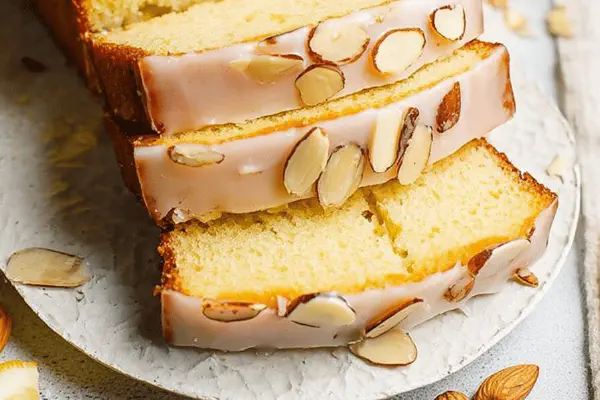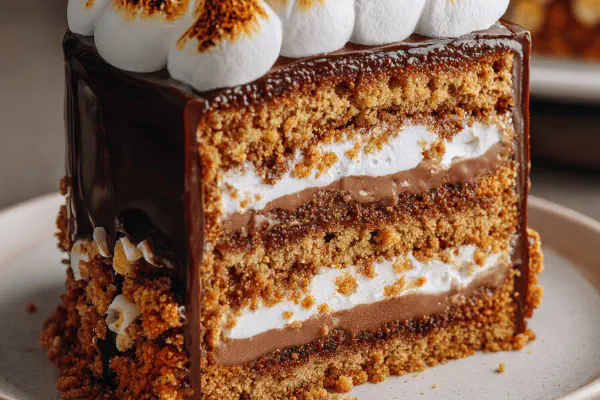Mini Orange Bundts Remix

By Emma
Certified Culinary Professional
Ingredients
- 175 ml unbleached all-purpose flour
- 90 ml almond flour
- 5 ml baking powder
- 2 ml baking soda
- 150 ml sugar
- 1 large egg
- 10 ml orange zest
- 50 ml melted coconut oil
- 110 ml fresh orange juice
- 110 ml plain yogurt 2% fat
About the ingredients
Method
- Preheat oven to 170 °C (340 °F). Place rack in the center. Butter fifteen 75 ml mini bundt pans thoroughly. Set aside.
- Whisk together flours, baking powder, baking soda in a bowl. Mix dry ingredients well. Keep ready.
- In a separate bowl, beat sugar, egg, and orange zest vigorously for about 3 minutes or until mixture triples and ribbons drip from beaters.
- Slowly drizzle in melted coconut oil while continuing low-speed mixing. The batter thickens slightly.
- Alternate adding dry mix with orange juice and yogurt in two parts, starting and ending with dry. Mix until just combined; don’t overbeat.
- Spoon roughly 40 ml of batter evenly into each prepared mold. Tap pans lightly to release air bubbles.
- Bake in oven 22 ± 2 minutes. Test doneness with toothpick; it should come out with a few moist crumbs.
- Let cool in pans 7 minutes before inverting onto racks. Cool completely before serving for best texture.
Cooking tips
Chef's notes
- 💡 Beat sugar, egg, zest long. Tripled volume needed. Ribbons falling means air trapped. Key for light texture. Coconut oil slow drizzle, keep emulsion steady. Too fast? Batter collapses, dense cake. Alternate dry and wet ingredients. Start dry, end dry. Mix just till combined; no overbeat. Overmix = gluten, tough crumb. Tap pans after filling. Air bubbles out, better rise. Use butter, not spray. Butter sticks better in mini molds. Oven temp down 10 C from normal. Slower rise means less cracks. Bake time 22 plus minus 2 mins. Toothpick needs moist crumbs not dry. Take pans out, let rest 7 mins. Letting wait prevents breaking when flipping.
- 💡 Almond flour replaces cornstarch for more texture and slight moistness. But denser. Lower baking soda to prevent too much rise. Coconut oil melts fast; keep warm but not hot. Egg beating longer traps air, helps hold structure. Use fresh orange zest; more zest doubles aroma, oils in batter. Yogurt volume lowered slightly; balances almond flour moisture. Measuring batter per pan uniform—40 ml each—helps consistent bake. Don’t skip cooling on rack fully. Hot bundts break shape. Cooling in pan 7 minutes first avoids stickiness. Pans must be well buttered, brush edges. Tiny cakes need patience, gentle handling.
- 💡 Sift flours first. Prevent lumps. Baking powder and soda together adjust pH precise with almond flour added. Sugar down by 25 percent from usual—keeps tartness punch. Coconut oil lends nutty undertone, mild flavor. Works with egg proteins for crumb softness. Alternate mixing sequence—dry, wet, dry, wet, dry—keeps batter uniform. Don’t rush. Batter thickens slower once oil added; thickness helps hold shape in molds. Do not overfill pans; 40 ml per mini pan max. Tap pans to release trapped air bubbles; helps crumb even. Oven rack middle placement for even heat. Let cakes cool completely before serving texture sets right.
- 💡 Zest doubled for bigger citrus burst, adds fragrance and oils working in batter. Coconut oil temperature matters; too cold not mixing well, too hot breaks batter. Egg foams trap air within fat matrix formed by oil. Yogurt tang pulls sweetness back; less sugar means less dense mouthfeel. Almond flour replacement adds slight graininess, moisture retention comes from fat content. Baking soda reduced; higher alkaline would make crumb crumbly or weird texture. Mini bundt molds small—uniform batter amount important. Cool cakes fully. Moist crumbs on toothpick means done. Avoid cracks by lowered temp, extended bake 2 mins from usual. Butter pans good to avoid sticking.
- 💡 Longer beating breaks up sugar crystals, fully incorporates zest oils. Coconut oil integration slow, steady mixing to keep batter stable. Alternate wet/dry mixing prevents gluten overdevelopment. Sugar lowered keeps citrus sharp, balancing tangy yogurt. Baking powder+soda combo controls pH carefully. Mini size demands thinner batter, less moisture excess. Cooling times shifted slightly to keep bundts intact when inverted. Measuring all ingredients carefully maintains structure. Almond flour adds weight; reduced yogurt offsets wetness. Tap pans after filling to pop air bubbles, guarantees consistent bake. Oven temp 170°C steady; slower rise prevents splits, cracks. Toothpick with moist crumbs signals done but not dry.
Common questions
Why alternate wet and dry ingredients?
Helps keep batter even. Prevents gluten build up. Stir gently. Start with dry, end dry. Keeps airy crumb. No overmix. Avoid toughness.
How do I avoid dense cakes?
Beat egg and sugar long. Tripled volume key. Coconut oil slow drizzle. Don’t rush oil addition. Stop mixing once combined. Avoid overworking gluten. Tap molds to remove air bubbles. Measure batter per pan for uniform rise.
Why use almond flour instead of cornstarch?
Almond flour adds texture, moisture, subtle nutty flavor. Heavier than cornstarch. Baking soda lowered to control rise. Almond flour holds moisture better, crumb denser but soft. Adjust yogurt quantity balances batter weight.
Best storage method for mini bundts?
Wrap cooled bundts airtight. Fridge extends life but may dry crumb. Room temp short term okay. Freeze in layers with parchment. Thaw slowly. Avoid moisture build-up or sogginess. Use airtight container to keep scent and tenderness.



